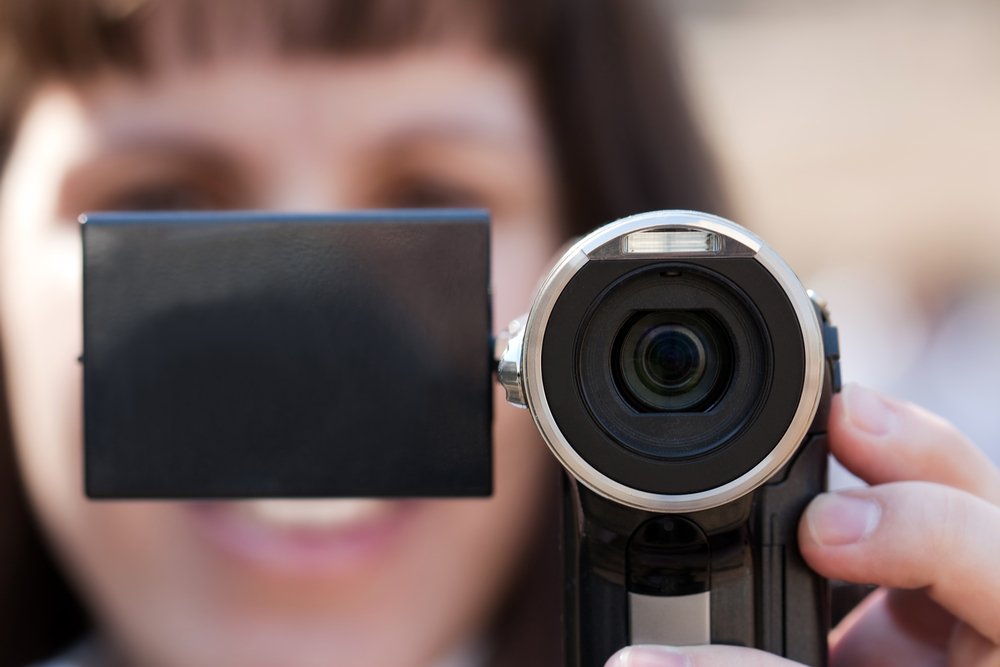Author’s note: This article discusses sexual assault and post-traumatic stress disorder.
Last year I wrote a feature film about a woman whose post-traumatic stress disorder (PTSD) is triggered by a past sexual assault. The film moves between the past and present — at times following the woman as she navigates sex and relationships, while also flashing back to the past in a way that mimics the symptoms of PTSD.
My goal with the film was to present a scientifically accurate representation of PTSD (especially PTSD caused by anything but war) while also bringing to light the very real problem this country has with sexual assault. I learned a lot writing this movie. I spent months researching and interviewing and rewriting and checking my science, but I learned the most not from books or scholars or even survivors, I learned the most from the way people reacted when I told them what the film was about.
And now here is a list of some real life things people said to me when I told them about my film:
- “This can’t be real. Only veterans have PTSD.”
- “This feels like you’re pushing unnecessary boundaries, maybe chill it out a bit.”
- And my personal favorite: “No man’s ever going to want to watch this.”
Okay. Deeeeep breath.
First, PTSD is a very real mental illness that affects more than just veterans of war. It also affects sexual assault survivors, domestic abuse survivors, survivors of any kind of violence; you can even have PTSD from being in a bad car crash. In very simple terms, PTSD is when a person’s stress response is over active. Their stress response might be triggered by a sound or a place or a color or a person. PTSD is often associated with war because war puts humans in a constant state of stress and vigilance, but this same effect can happen in an abusive relationship or during a sexual assault. So, yes, PTSD is very real and no, veterans are not the only people who live with the illness.
Second, yes, my film probably pushes some boundaries because, surprise, people are scared to talk about sexual assault and mental illness. These are very real problems and therefore there are a lot of stories that need to be told. What has always drawn me to film is its ability to reach and educate a wide audience very quickly. If I have to push a few boundaries to educate about, and hopefully make some changes to, this epidemic, so be it.
And finally, good old sexism. To respond to this comment that I got quite frequently I am going to bring your attention to some depressing statistics about the film industry. Of the top 700 films in 2014, 13% were written by women, 13% were directed by women, and only 9% were shot by women. Only 91 movies were written by women, which means a startling 609 of the top grossing films were written by men. That is a real lack of representation.
So, when I set out to write this film, I was not only trying to tell an important story, I was also attempting to fight against over 120 years of sexism. So, maybe this film is not directed at men, but that was never the intention. So much art has been created for the enjoyment of men, perhaps its time we start thinking about and creating for the other half of the world.
Are you a woman who has created some cool feminist art? I want to see it! Leave a comment below and I’ll check it out.
COVER IMAGE COURTESY OF SHUTTERSTOCK.




comments